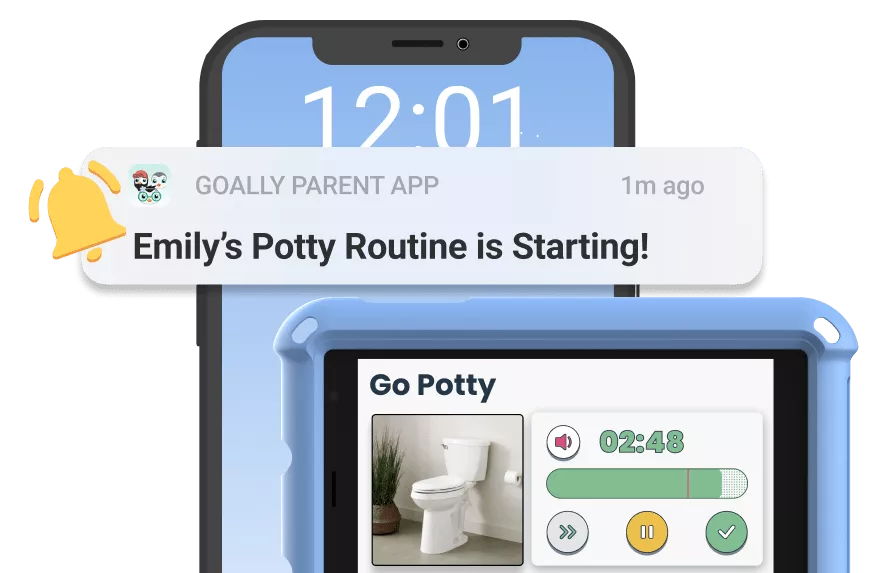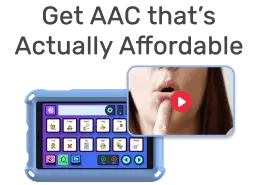As someone who works closely with kids, I understand how vital good communication is. Parents, you’re likely always on the lookout for fun ways to boost your kids’ communication skills. Well, I’ve got you covered! This article offers a list of engaging communication games that can help kids, including those who are neurodivergent, improve their ability to express themselves, listen, and understand others. Let’s dive into these fun activities that can make a world of difference in your child’s life.
Table of Contents
1. Charades
Charades is a classic communication game for kids that encourages them to use nonverbal cues to express ideas. To play, have your child act out a phrase or word without speaking while the other players try to guess what it is. This game helps children practice interpreting and using gestures and facial expressions to convey meaning.
You can make the game more challenging by using more complex phrases or having players take turns acting out different parts of a story. Charades is a great way to get kids moving and laughing while also building their communication skills.
2. Mystery Box
The Mystery Box game is a fun communication activity for kids that encourages teamwork and verbal communication. Place a mystery object inside a box and have the players work together to figure out what it is by asking yes or no questions. The player holding the box can only answer “yes” or “no” to each question.
This game helps kids practice asking targeted questions, listening carefully to the answers, and using deductive reasoning to solve the mystery. You can make it more competitive by having teams earn points for each correct guess within a time limit. Mystery Box is a great way to engage kids’ curiosity while building their communication and problem-solving skills.

Read more: Fun Language Games for Kids
3. Telephone
Telephone is a fun communication game for kids that demonstrates how messages can change as they are passed from person to person. To play, have the children sit in a circle. The first player whispers a message into the ear of the next player, who then whispers what they heard to the next player, and so on until the message reaches the last player. The last player then says the message out loud to see how much it has changed from the original.
This game helps kids practice active listening, clear articulation, and the importance of conveying accurate information. It’s also a great way to have some silly fun and spark laughter as the message often gets hilariously distorted along the way.
4. Blindfold Obstacle Course
The Blindfold Obstacle Course is an exciting communication activity for kids that emphasizes the importance of giving and following clear verbal instructions. Set up a simple obstacle course in your yard or living room, then blindfold one player and have their teammate guide them through the course using only verbal directions.
This game helps kids practice giving specific, step-by-step instructions and trusting their partner to guide them safely. It also encourages active listening and builds trust and cooperation between players. Just be sure to choose a safe space and supervise closely to prevent any accidents!
SPONSORED BY: Goally
Goally’s Kid’s Tablet has one of the largest libraries of skill-building videos (like “How to Share” and “What To Do When You’re Lost”) in the Goal Mine app.👇
5. Story Chain
Story Chain is a creative communication game for kids that encourages collaborative storytelling. To play, have the first player start a story with a single sentence, then have each subsequent player add another sentence to continue the story. The game continues until the story reaches a natural conclusion or a predetermined number of turns.
| Number of Players | Suggested Story Themes |
|---|---|
| 2-3 | Fairy tales, adventures, funny stories |
| 4-6 | Mysteries, sci-fi, fantasy, historical fiction |
| 7+ | Choose a theme or genre and have each player tell a different part of the same story |
This game encourages kids to listen carefully to each other’s contributions, use their imagination, and practice building on others’ ideas. It’s a fun way to collaborate and create silly or suspenseful stories together.
6. Emotion Charades
Emotion Charades is a variation of the classic game that focuses specifically on identifying and expressing emotions. Write down different emotions on slips of paper (e.g., happy, sad, angry, scared, surprised) and have players take turns acting them out silently for others to guess.
This communication activity for kids helps children practice recognizing and naming different emotions based on facial expressions and body language. It also gives them an opportunity to explore how to express emotions in a safe and playful way. Discussing the different emotions afterwards can also help build emotional intelligence and empathy.

Read more: 5 Best Free Learning Games for 5 Year Olds
7. Active Listening Scavenger Hunt
The Active Listening Scavenger Hunt is a fun communication game for kids that encourages them to pay close attention to verbal instructions. Create a list of items for the children to find or tasks for them to complete based on verbal clues you provide. For example, you might say “Find something that is red and round” or “Bring me three things that start with the letter B.”
This game helps kids practice active listening skills, following directions, and thinking critically to interpret the clues. It’s a great way to engage kids in a fun, active learning experience while also building their communication skills.
Goally | Fun Games that Build Motor Skills & Manage Screen Time
Looking for ways to improve your child’s finger dexterity skills while also keeping screen time manageable? Try Goally’s skill building tablet for kids— it has a bunch of fun & motor planning games!
Our “Balloons” & Graffiti Street Apps are all about building motor skills in a fun, interactive way. Kids learn to “pop the balloons” or draw dozens of digital art designs while simultaneously developing the essential skills needed to use AAC and other communication tools. It’s a blast for them and a win for you!
By incorporating these fun communication games into your child’s playtime, you can help them develop essential language skills that will serve them well throughout their lives. Research has shown that children who engage in regular play and communication activities have better social skills, higher self-esteem, and stronger relationships with their peers and family members. In fact, a study published in the journal “Child Development” found that children who participated in a 10-week play-based intervention program showed significant improvements in their communication skills compared to a control group.
Resources:
FAQs about Communication Games for Kids
What are the benefits of communication games for kids?
Communication games help children develop essential skills such as active listening, expressing thoughts and feelings, and interpreting nonverbal cues. These skills are crucial for building strong relationships, succeeding in school, and navigating social situations.
What age range are communication games best suited for?
Communication games can be beneficial for children of all ages, but they are particularly valuable for kids between the ages of 2 and 10. However, many games can be adapted to suit different age groups and skill levels.
Can communication games help children with special needs or language delays?
Yes, communication games can be especially helpful for children with special needs, language delays, or social challenges. These games provide a fun, low-pressure way for children to practice and develop their communication skills at their own pace.
How often should I play communication games with my child?
Ideally, you should aim to play communication games with your child on a regular basis, such as a few times a week. Consistency is key when it comes to developing communication skills, but it's also important to keep the activities fun and engaging for your child.
Can I make up my own communication games?
Absolutely! You can create your own communication games based on your child's interests, abilities, and learning goals. The most important thing is to focus on activities that encourage active listening, expression, and interaction in a playful, supportive environment.
This post was originally published on 05/09/2023. It was updated on 05/18/2024.

Goally
We help parents teach their kids life skills, like doing bedtime and morning independently. Backed by science, we incorporate evidence-based practices and expert-informed designs in all of our apps and content.





